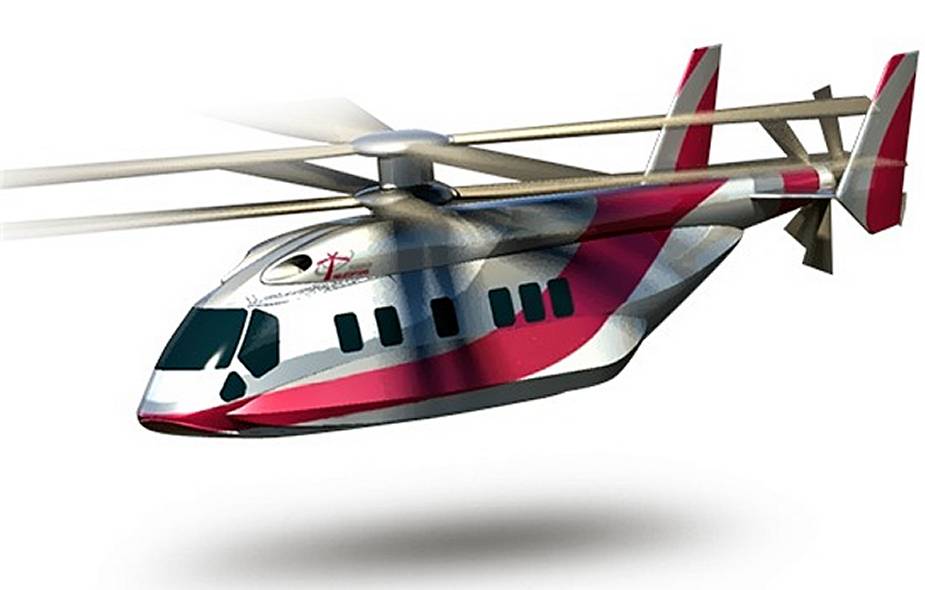2/2 Analysis: Russia designs new seaborne helicopters
The Russian Naval Aviation is developing in the direction of improving all the types of aircraft and helicopters, increasing their speed, flight range and endurance, equipping with high-precision guided weapons, widespread introducing computer technologies, control systems and methods, automation means of data collection & processing and target data acquisition for high-precision destruction of all targets.
Follow Navy Recognition on Google News at this link
 Artist drawing of future new Russian-made Minoga naval helicopter.(Picture source RussiaDefence.net)
Artist drawing of future new Russian-made Minoga naval helicopter.(Picture source RussiaDefence.net)
The future ship-borne helicopter being developed under the Minoga program will be ready in 2025-2026, said Sergei Mikheyev, general designer, Kamov JSC (a subsidiary of Russian Helicopters).
The design of Minoga was for the first time reported in 2015. Naval aviation chief Igor Kozhin said the Navy was likely to get a new helicopter in 2020 to replace Ka-27.
However, Kamov Designer General Sergey Mikheev soon said the creation of such a helicopter can take ten years and its supplies in 2020 were unlikely. By 2020, a prototype can for the first time take off. He added it was planned to create a general combat and civilian options of the helicopter.
Minoga designers face new tasks related to new materials and technologies, as well as hardware standardization and unification.
In particular, it refers to the military option of TV7-117 power plant. The new engine was created on the basis of the certified serial turboprop TV7-117S.
The engines are easy in maintenance, have a big resource and a modular construction which guarantees good maintainability. They are equipped with digital electronic controls. In extreme situations TV7-117 can switch on an emergency regime to ensure flight safety.
Engines of various modifications are to power Russian helicopters to increase their characteristics. The power plants will be installed on new generation craft, such as Minoga.
So far there is little information about the new rotorcraft. The exact concept is not disclosed. In early 2020 the Russian Helicopters Holding agreed a technical assignment with the military and signed at Army-2020 forum an agreement to design a technical project of the future helicopter.

The new Minoga will replace the Ka-27 Helix naval helicopter. (Picture source Wikimedia)
Experts said Minoga would be created by the traditional Kamov coaxial scheme. However, Minoga will have specific blades to keep the airflow, decrease resistance, and increase speed to 320 km/h.
Composite materials will keep Minoga’s weight below six-seven tons which is twice as lighter as Ka-27. The new helicopter is more powerful than the old one and can replace all the three Ka-27 options — antisubmarine, rescue, and combat-transportation.
Minoga will have the latest electronics. A special automatic control system with a reset platform has been created for it and integrates various self-diagnosing and regime optimization subsystems.
Protected broadband communication channels provide voice messages and video stream and transmit navigational and radar data. Jam resistance and information protection will be increased. The specialized complex will fully integrate the helicopter into the automatic troops control and combat system which is a major requirement for modern hardware.
Experts believe Minoga will be armed with upgraded Ka-27 weapons. They are sure it will get prospective antisubmarine missiles and small torpedoes.
Russian Helicopters CEO Andrey Boginsky said the first Minoga prototype would be ready in 2025. Experts believe batch production is likely in 2027-2028, the Army Standard said.


























